[ By WebUrbanist in Art & Installation & Sound. ]
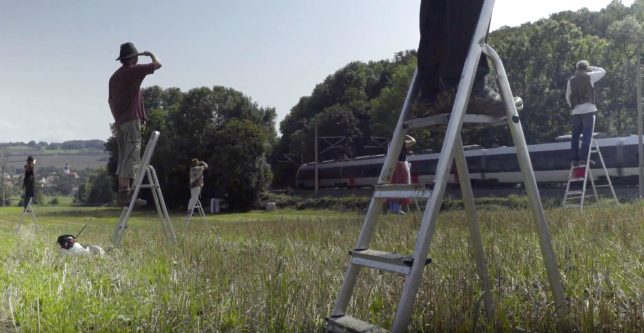
Turning the local landscape into an outdoor theater set, hundreds of volunteers in Germany’s Saale Valley staged a series of live performances for the viewing pleasure of train passengers zipping by.
Spanning nearly 20 miles, the Bewegtes Land (or “Moving Land”) project featured a series of fast-moving vignette pieces designed to entertain and amuse, featuring things like a surprise (fake) lake shark and scampering.
Organized by media artists and Bauhaus professors Jörn Hintzer and Jacob Hüfner, the idea was to grab attention for just a few moments at a time (much like we are used to in today’s digital world). The action goes fast indeed, often unfolding in seconds.
Just a shark ?? #lookout #bewegtesland #artproject #artseenfromthetrain #stagethelandscape #todayandtomorrow #NaumburgJena #bauhausuniversi… pic.twitter.com/WDVFXZ19ic
— Site Specific Ideas (@StoriesOfBerlin) August 26, 2017
Across the rural area in which the performances played out, over 400 residents volunteered their time to take part, turning the enterprise into a community-building experience. It was also a nice way to put the place on the map.
#BestOf #BewegtesLand zwischen #Naumburg und #Jena. Dank an alle für die tolle Performance. @jenalichtstadt @DB_Bahn pic.twitter.com/nmVo3yRadB
— walsch (@mhenkenmeier) August 27, 2017
“For one thing, it’s a great weekend, but also people get to notice the beauty of the countryside,” a local mayor reported. “This is not a typical tourist area so maybe this will attract more people.”




[ By WebUrbanist in Art & Installation & Sound. ]
[ WebUrbanist | Archives | Galleries | Privacy | TOS ]
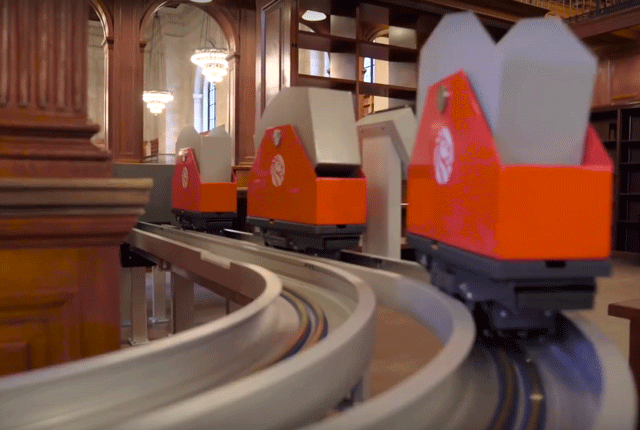
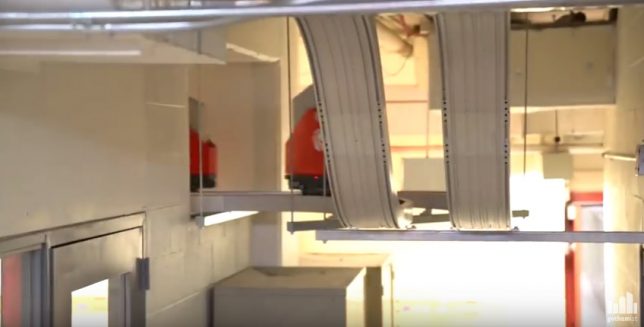
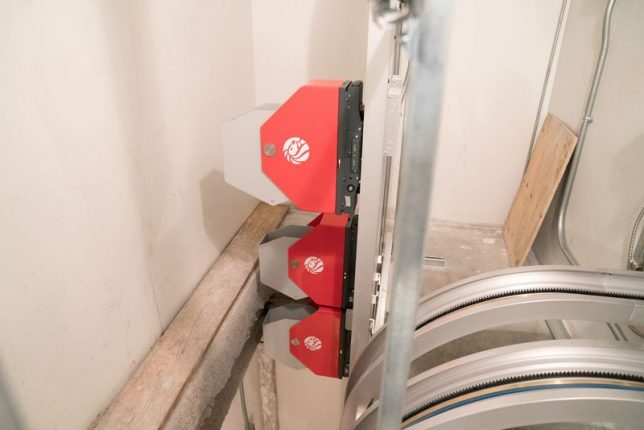


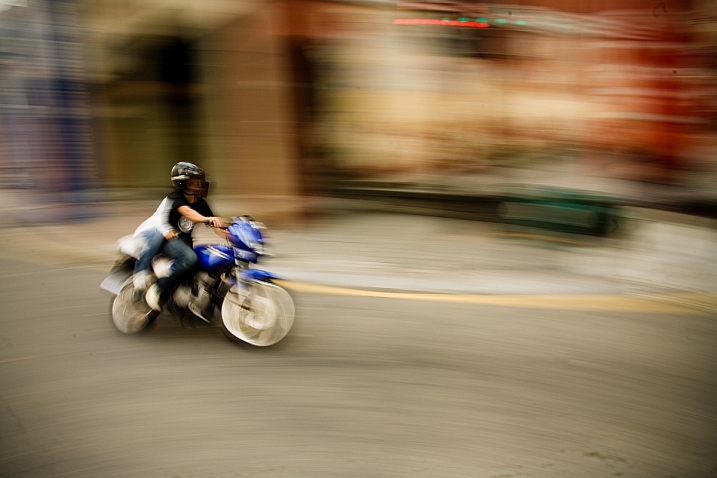





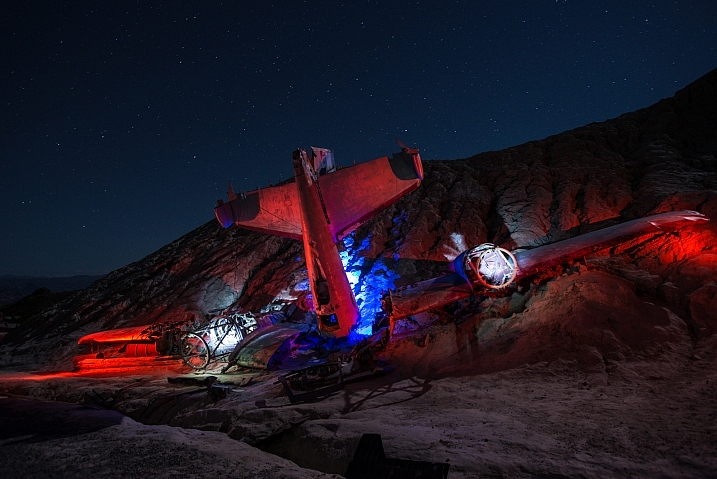





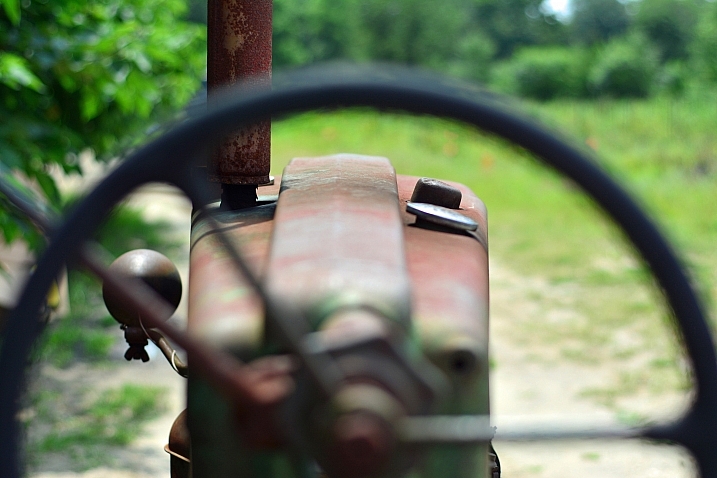
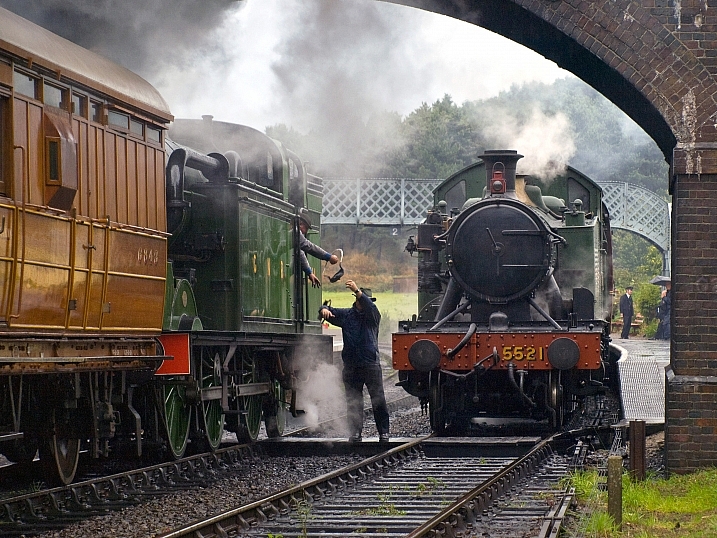




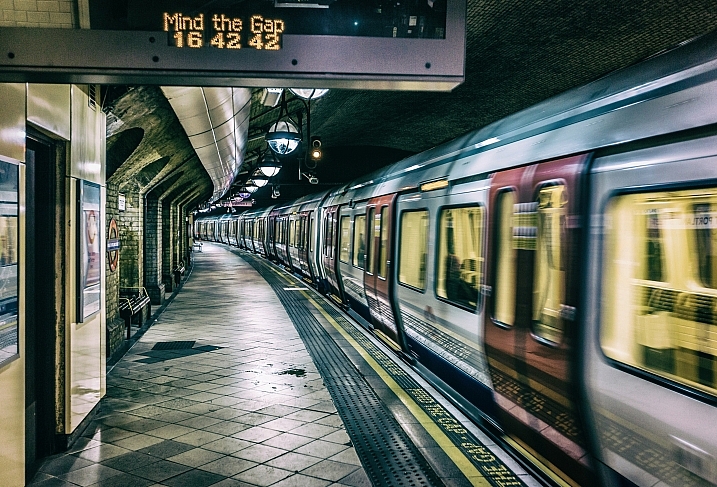
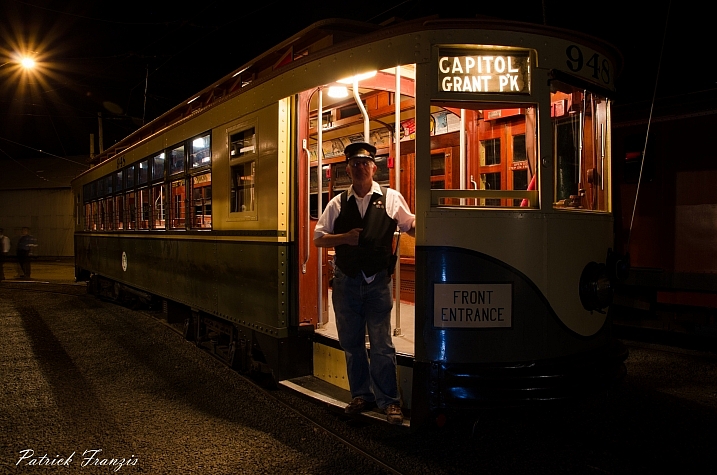
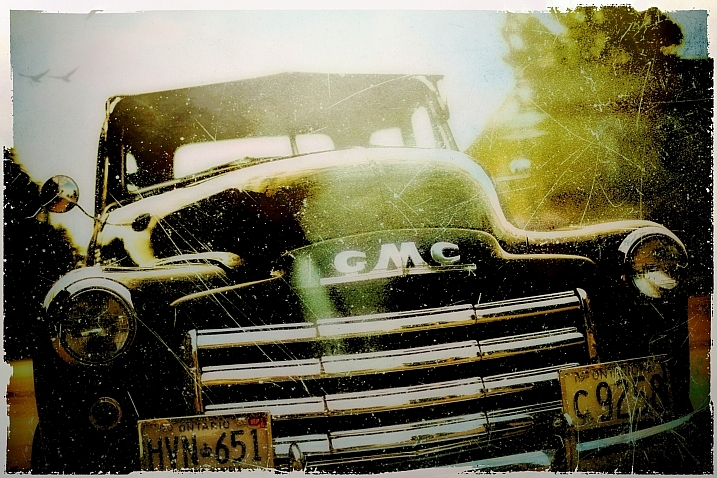



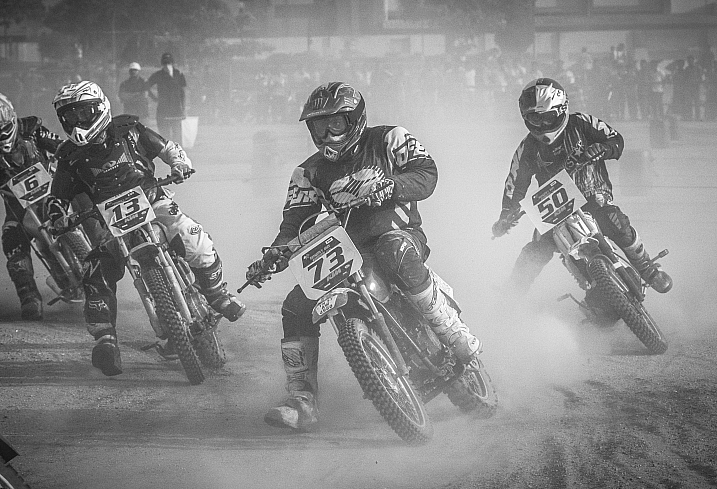




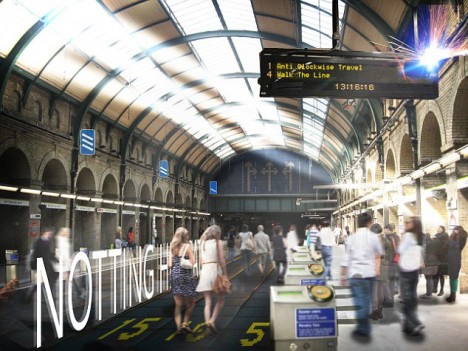
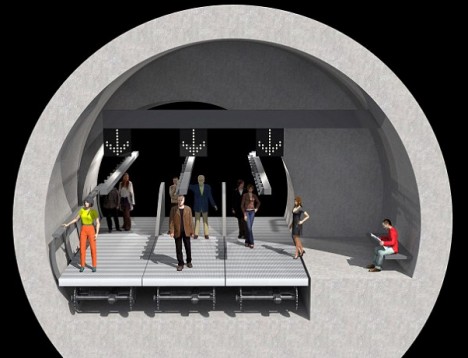
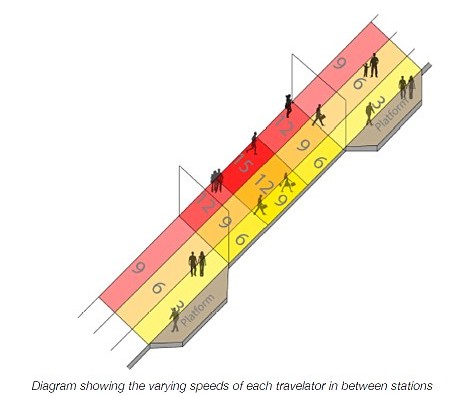
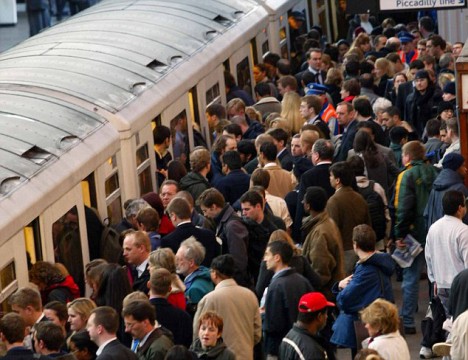
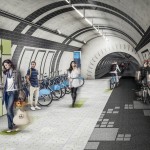
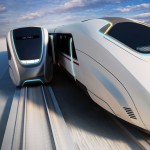
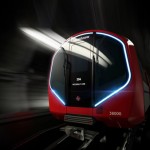





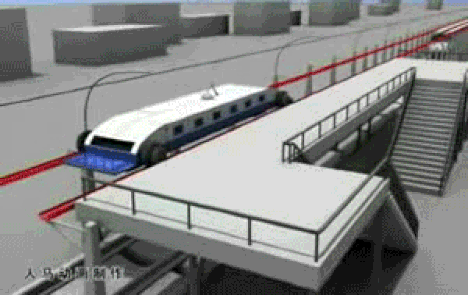
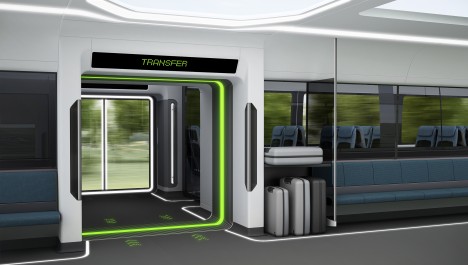
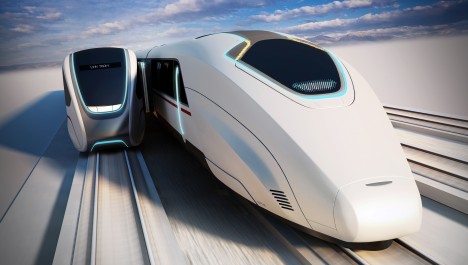
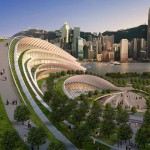
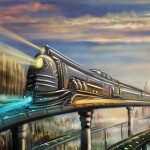
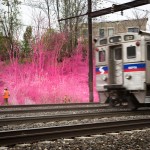
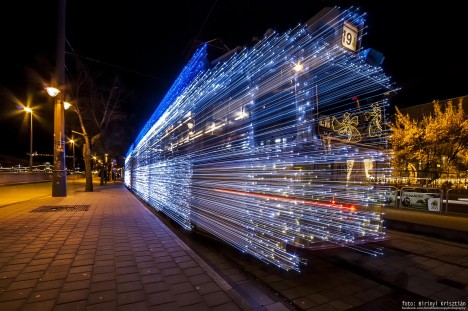
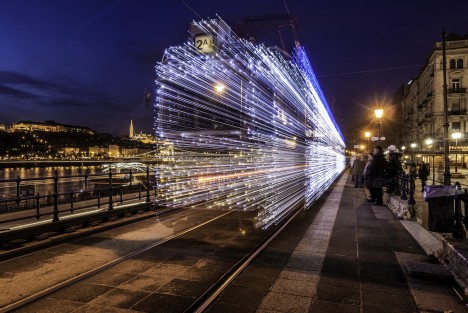
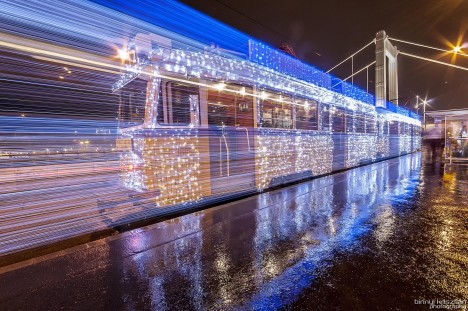
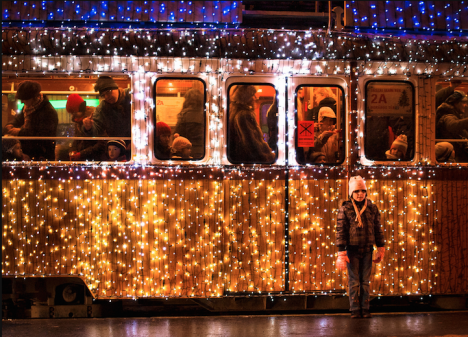

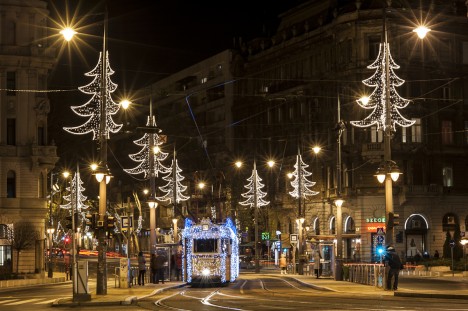


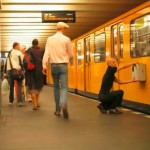
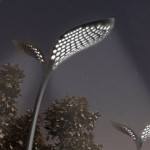















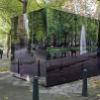
You must be logged in to post a comment.